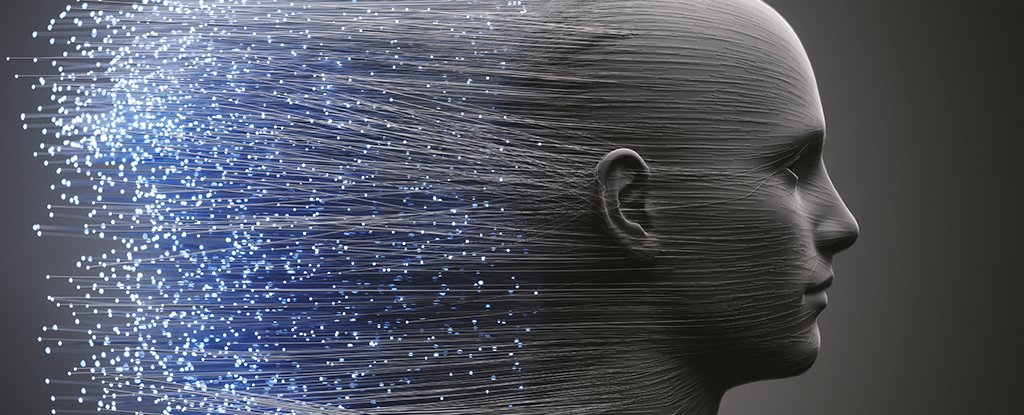Products You May Like
A few years ago, deep beneath the Apennine Mountains in Italy, a team of physicists hunted for flashes of light that just might suggest human consciousness is the product of gravitational forces.
The fact they came up empty-handed doesn’t mean we’re all meat computers with no free will; it does make the quest for a suitable model explaining consciousness far more of a challenge, however.
If the idea of having no free will is uncomfortable, you’re not alone. In the 1990s, Nobel laureate Roger Penrose and an anesthesiologist named Stuart Hameroff argued that quantum properties of cellular structures called microtubules might introduce enough wiggle room for brains to break free from the ‘one input, one output’ restrictions of classical mechanics.
While their hypothesis, called Orchestrated Objective Reduction (Orch OR), sits on the fringes of physics and biology, it’s nonetheless complete enough to provide researchers with predictions that can be investigated scientifically.
“What I loved about this theory was that it is in principle testable, and I decided to search for evidence that might help confirm or falsify it,” says physicist Catalina Curceanu from the Laboratori Nazionali di Frascati in Italy.
Penrose’s and Hameroff’s concept might be testable, but it still rests on a mountain of assumptions about the way physics and neurology function on a fundamental level.
Fundamental to quantum mechanics is the notion that all particles exist as a range of possibilities unless they’re in some way quantified by a measurement.
Exactly what this means isn’t clear, leading some to interpret the difference as a ‘collapse’ of the wave-like haze of maybes into a concrete absolute of hard reality.
Equally beguiling is the question of why a swarm of possible values should at all settle on any one measurement.
One idea championed by Penrose and colleague Lajos Diósi in the late 20th century suggested the curvature of space-time might favor some possibilities over others.
To put it another way, mass and its gravitational pull could somehow be squashing quantum waves flat.
Applying this assumption to competing quantum states of cellular material – namely the tubulin shuffling chemicals around inside neurons – Penrose and Hameroff calculated the time it would take for quantum effects to translate into mechanisms that would affect consciousness.
While their model stops well short of explaining why you made a conscious choice to read this article, it does show how neurochemistry can deviate from classical computational operations into something less restrictive.
Penrose’s and Diósi’s gravitational collapse idea has been tested before, by none other than Diósi himself. Their experiment in the Gran Sasso National Laboratory examined the simplest of collapse scenarios, finding no sign that the hypothesis was accurate.
In light of those findings, the team now asks how their previous results might affect Penrose’s and Hameroff’s Orch OR hypothesis.
Their critical analysis of the model suggests at least one interpretation of the hypothesis can now be ruled out. Given what we know about quantum physics, the distribution of tubulin within our neurons, and constraints imposed by Diósi’s previous experiments, it’s hugely unlikely that gravity is tugging at the strings of consciousness.
At least, not in this specific manner.
“This is the first experimental investigation of the gravity-related quantum collapse pillar of the Orch OR consciousness model, which we hope will be followed by many others,” says Curceanu.
Exactly what it would mean if any investigation found a glimmer of proof for Orch OR is hard to say. Non-computational descriptions of consciousness aren’t just hard to study; they’re challenging to define. Even indisputable programs that echo human thinking challenge our efforts to spot examples of sentience, self-awareness, and free will.
Yet the idea that biological systems are too chaotic for delicate quantum behaviors to emerge has weakened in light of the evidence of entanglement playing a role in functions such as navigation in birds.
Just maybe a flash of inspiration is all we need to put us on a path to understanding the physics of our very souls.
This research was published in Physics of Life Reviews.
